
Latino Youth Write Their Lives
Edited by Sarah Cortez
With an Introduction by Virgil Surez

Windows into My World is made possible through grants from the City of Houston through the Houston Arts Alliance and by the Exemplar Program, a program of Americans for the Arts in collaboration with the LarsonAllen Public Services Group, funded by the Ford Foundation.
Piata Books are full of surprises!
Piata Books
An imprint of Arte Pblico Press
University of Houston
452 Cullen Performance Hall
Houston, Texas 77204-2004
Cover art by Gustavo Bretones
Cover design by Giovanni Mora
Windows into My World: Latino Youth Write Their Lives / edited by
Sarah Cortez.
p. cm.
ISBN 978-1-55885-482-6 (alk paper)
1. Hispanic AmericansBiography. 2. YouthUnited States Biography. 3. United StatesBiography. I. Cortez, Sarah. E184.S75W56 2007
305.235092368073dc22
[B]
2006052470
CIP
 The paper used in this publication meets the requirements of the American National Standard for Information SciencesPermanence of Paper for Printed Library Materials, ANSI Z39.48-1984.
The paper used in this publication meets the requirements of the American National Standard for Information SciencesPermanence of Paper for Printed Library Materials, ANSI Z39.48-1984.
2007 by Arte Pblico Press
Printed in the United States of America
October 2009November 2009
Cushing-Malloy, Inc., Ann Arbor, MI
12 11 10 9 8 7 6 5 4 3 2
Dedication
This book is dedicated firstly to Tatcho Mindiola, Ph.D., who believed in my dream of teaching undergraduates to write memoir, and secondly, to Nicols Kanellos, Ph.D., who believed in my vision for this book.
Contents
preface
THIS BOOK WAS BORN OUT OF A CLASS I taught for the Center for MexicanAmerican Studies at the University of Houston Central Campus. That class, entitled Memoir and MexicanAmerican Identity, was born out of a belief. That belief was the conviction that college undergraduates could learn to write compelling and complex literary memoir. That one didnt need to be middle-aged or beyond to make sense out of ones life experiences on the page in a way that would open ones own understanding while also engaging the reader in a fascinating journey.
Memoir demands a strong narrative thrust while also affording the writer the opportunity for self-reflection without the veil of fiction. It is necessary that the memoirist not only tell an interesting story, but also choose the story, decide which parts of the story to tell, select the most effective form, and show how this story functions in the writers own current life. The last imperative is where the reader begins to know the author, and this is memoirs most radical act. By knowing the author, the reader comes to know, appreciate, and (in good memoir) understand a world different that his/her own.
As the students in that first class wrote and revised, I found myself falling in love with their imagery, their voices. When I heard the first versions of such stories as Nancy L. Avilas El Saucito, Juanita Montoyas She-Ra, and Maria Teresa Brothers Independence Battle, I knew I must create a book of many essays by young Latino students across the United States.
Five years later, wethe authors and Ihave our book to share with you, our reader. There have been countless revisions, countless telephone calls and emails with my suggestions for revision and the authors re-envisioned essays.
If one concurs with Ramn Saldvar on Chicano Narrative: The Dialectics of Difference in proposing that Mexican-American authors use narrative not only to illustrate or translate a particular exotic reality, but, more importantly, to embody new ways of perceiving social reality and significant changes in ideology, then the larger significance of personal writing becomes apparent, and the importance of listening to the self-recorded history of our young people becomes even more so.
The authors and I hope that many, many other young people will read these narratives and feel empowered to continue the ageless task of creating meaning out of lifes events.
Sarah Cortez
Editor
Introduction
THE FIRST THING THAT WILL STRIKE YOU about these memoir essays is how tender they are, and how raw. Raw in the good sense, as in alive, as in vital. As in REAL. The voices gathered in this volume you are clutching in your hands, dear reader, are a powerful testament to how Latino/a youth face the world, whether as immigrants, or as citizens of a vast country. A country, I must add, andI speak from experience hereso vast, one can easily lose oneself forever.
I am certain that you will immediately be engaged by Nancy L. Avilas El Saucito, the opening essay, but also Lalito by Claudia Balderas and Gera by Maria Teresa Brothersand this is just the beginning of a wonderful collection of illuminating and rich voices. And reading through Windows into My World: Latino Youth Write Their Lives, I could not help but think about my life as both as a student and now a teacher of Latino/a kids at the universities... though still few and far between. (I teach in Florida where the Latino/a student population still does not reflect the overall numbers of Latino/a tax-paying residents in the State of Florida.)
I think about school because it is such an integral part of Latino/a youth experience, though perhaps you are already familiar with the bitter-edged, hardcore statistics that Latino/a kids have a fifty percent chance of dropping out of school. And most do, even when politicians continue to insist that everything can be made better (a tall tale Ive been hearing politicians talk about for the last thirty years). Yes, I cannot help but think of all the children still left behind.
You read these memoirs and remember the way back through your own passing, your own youth and infancy here in the United States and, perhaps, back where your parents and family came from. And often, the story is not a pretty one. It is heart-wrenching, and filled with pain and fear.
I know that this was still the case back in my time when I attended first Henry T. Gage Junior High School and then later Huntington Park Senior High School in the white-flight city of Huntington Park, Los Angeles, California. It was a tough environment for any recently arrived immigrant like myself, and for my parents who would punch the clock in for about thirty years of factory work and piece-meal wages. I have to imagine that my junior and high school experience was in many ways no different than much of the experience the essays gathered here relate: an extreme longing to fit in, to be welcomed and wanted, to be a part of something larger than oneself. The American Dream that gargantuan myth would never be available to any of us, and least of all to our parents, as they struggled to keep us fed, clothed, and off to school.
These lucid, well-written pieces are about family, about identity, about finding your way into maturity... its amazing how grown-up these teenagers and young adults sound to me. Theres hope, I say, and you read these pieces and know it is true. Theres lots of hope and help on the way. The new generations are making great strides. But also, they have not forgotten their place of roots, their blood connections back to place and family, and most of all, and also most importantly, they have not forgotten their Spanish, the language of their heritage. You will love Do You Speak English? by Maritza Santibez-Luna, where the ending resonates with I belong here... The place has changed, but not the questions.
Next page

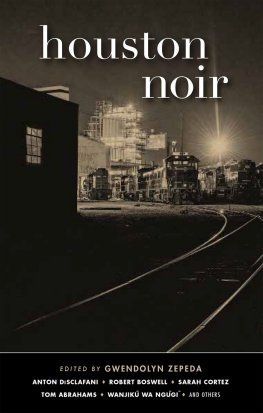
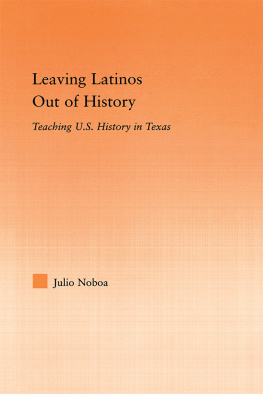
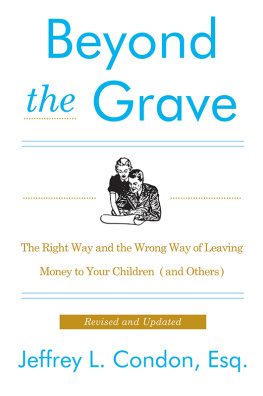
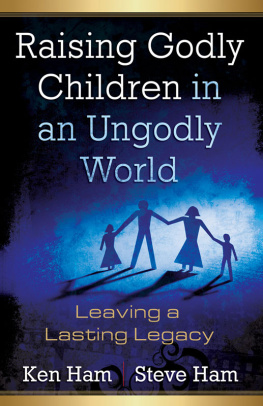


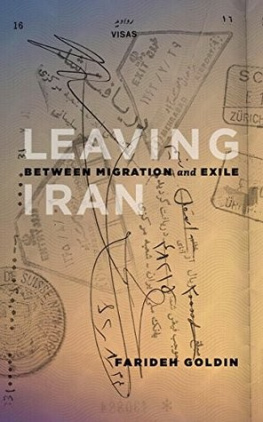

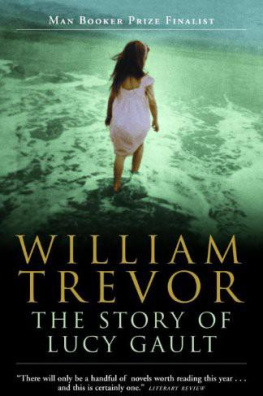


 The paper used in this publication meets the requirements of the American National Standard for Information SciencesPermanence of Paper for Printed Library Materials, ANSI Z39.48-1984.
The paper used in this publication meets the requirements of the American National Standard for Information SciencesPermanence of Paper for Printed Library Materials, ANSI Z39.48-1984.